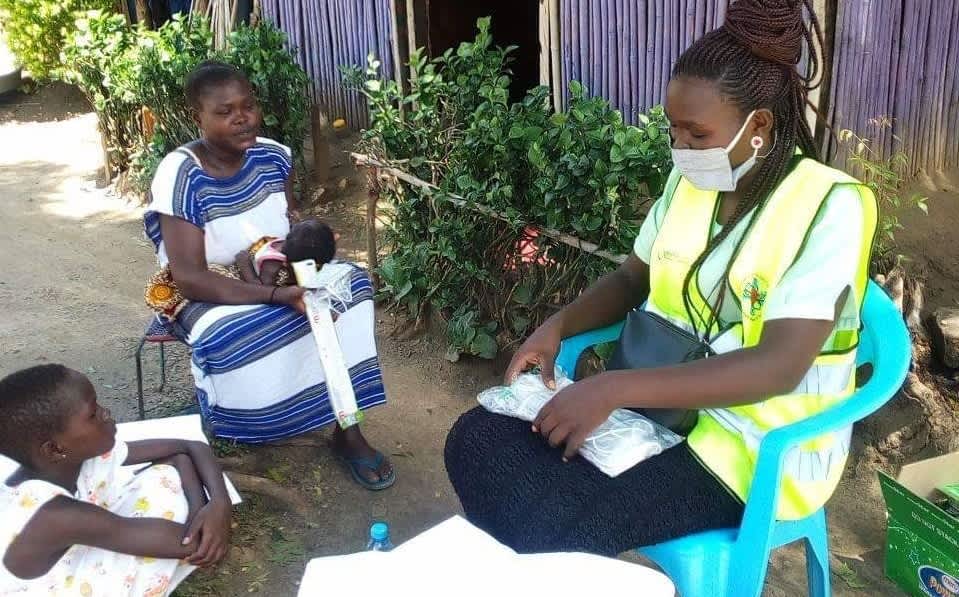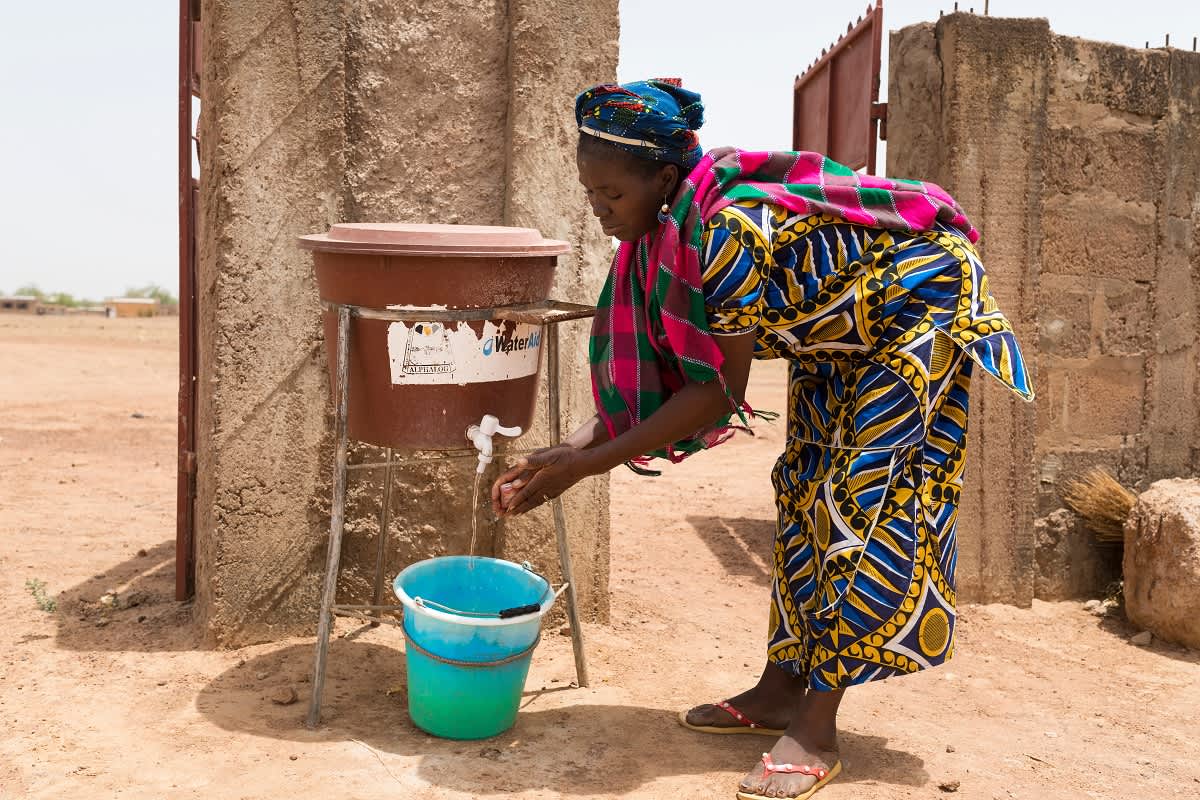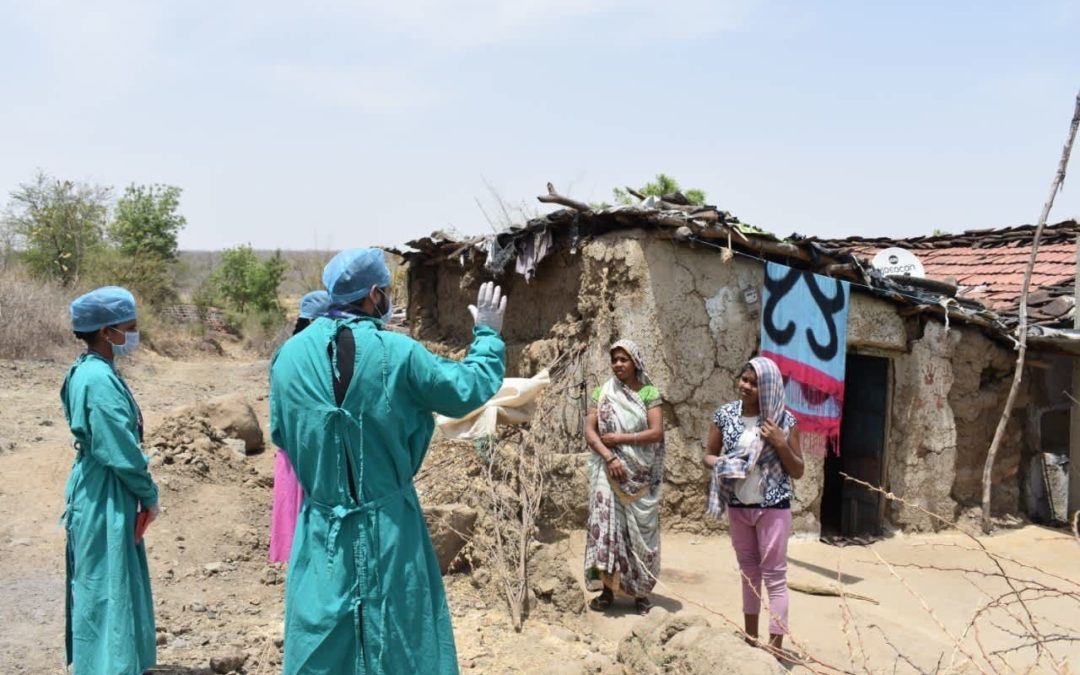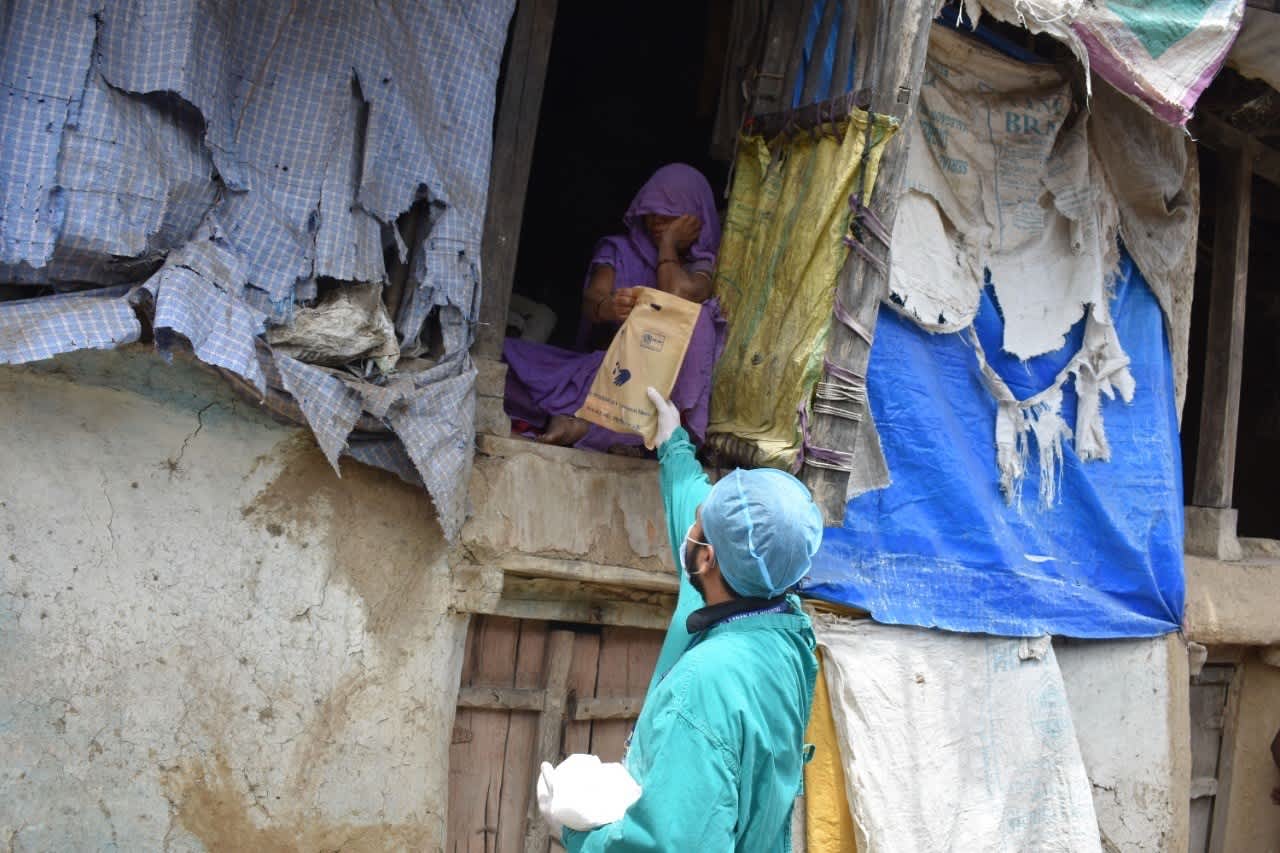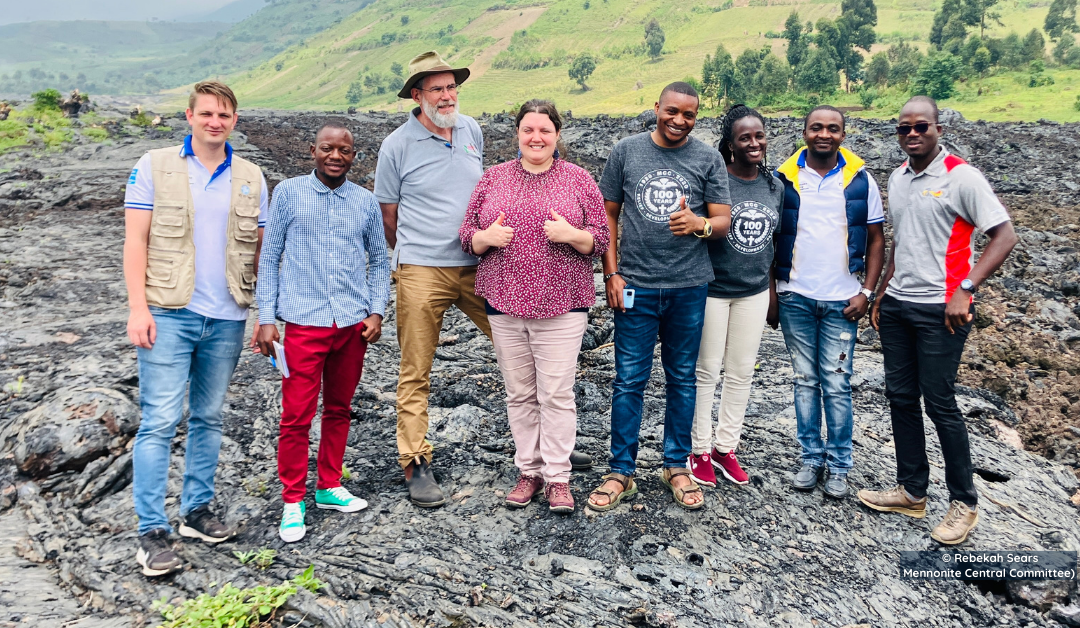
“There Is No Development Without Peace”: Perspectives from Eastern Congo
This story is part of Cooperation Canada’s triple nexus Spotlight Series
The village of Shasha, a little to the west of Goma, Democratic Republic of the Congo, illustrates well the integration of humanitarian, development, and peace work. The rich volcanic soils in this area are densely settled by small-scale farmers who, in recent years, have been joined by thousands of internally displaced people (IDPs) fleeing combat zones. The arrival of IDPs creates the potential for more conflict as they seek out plots of land to live on and support their families. Local NGOs are implementing triple nexus projects to meet humanitarian needs (short-term food assistance), development needs (land for IDPs to grow food) and to prevent conflict between IDPs and host communities. This is one of the projects I visited in January 2023, alongside colleagues from the Mennonite Central Committee (MCC). Peace programming is central to MCC’s work, and sometimes included in the Canadian Foodgrains Bank’s work.
In the DRC, the conflict is highly visible and ever-shifting, with dozens of armed groups involved (Congolese military, armed groups supported by foreign actors, Congolese who have armed themselves to defend their resources, and now peacekeepers from East Africa and the UN) and daily reports of troop movements and attacks in rural areas. Much of the conflict is rooted in competition for minerals, with some groups wanting to exploit the minerals and others protecting their land. Eastern Congo is rich in several critical minerals in high demand by green economy companies. There are some local artisanal miners, but much of the mining industry is run by foreign companies, including Canadian companies, who have a mixed record of abiding by Congolese laws and contributing to development outside the mines themselves.
Some of the partners we met are working to reduce these types of armed conflict, contributing to peace at a societal level, or what is often called “big P peace”. A Congolese partner works directly with armed groups, encouraging their members to disarm, while also helping those who disarm to find livelihood activities and communities that will accept them.
All partners are working toward “little P peace” or reducing interpersonal conflict. These efforts are often integrated into projects with humanitarian or development goals or both. This can look like providing a water source for a community garden, and a second water source for the wider community who are not members of the garden group. In some cases, working on “little P” involves organizing workshops or ongoing clubs that help people manage interpersonal conflict, recover from past trauma, or learn mediation skills. While there are effective tools to measure the impact of these “small P” activities at a community level, it’s not clear to what degree they contribute toward “big P peace” across society.
From the partners we visited, there were some agreed messages about the triple nexus. We heard from many partners and project participants that “there is no development without peace” i.e., peace and development are intertwined, and there are synergies in working on both together. Our partners have been doing nexus work all along, often with different funding streams. When asked, they seemed agnostic about whether funding should come from a single source or more. They have the capacity and experience to deliver programming that responds to the needs of the moment. They did ask that different donors recognize this diversity of programming and try to align reporting requirements.
We also heard that peace programming can be inexpensive (compared to other types of programming). In many cases, it can be incorporated into humanitarian or development projects without much additional cost, but it adds significant value to the project by reducing the risk of conflict that might undermine the project’s gains.
The MCC partners we met welcomed our questions and were pleased to know that Canada (GAC and CSOs) is looking more closely at nexus work. It may be a new area of work for us, but not for them. With considerable nexus programming experience already, partners such as these can help us learn about and improve nexus programming.
No member found

